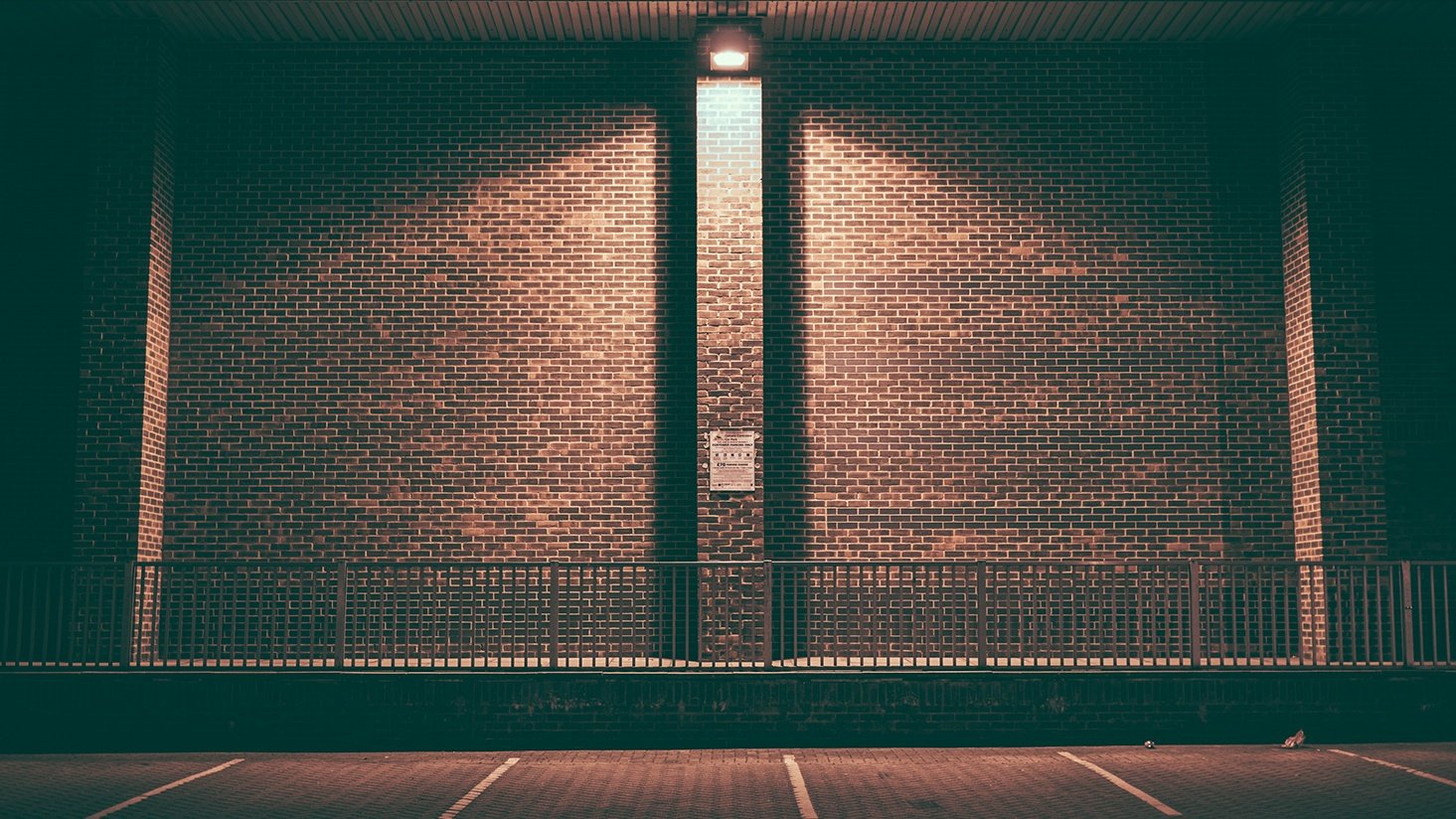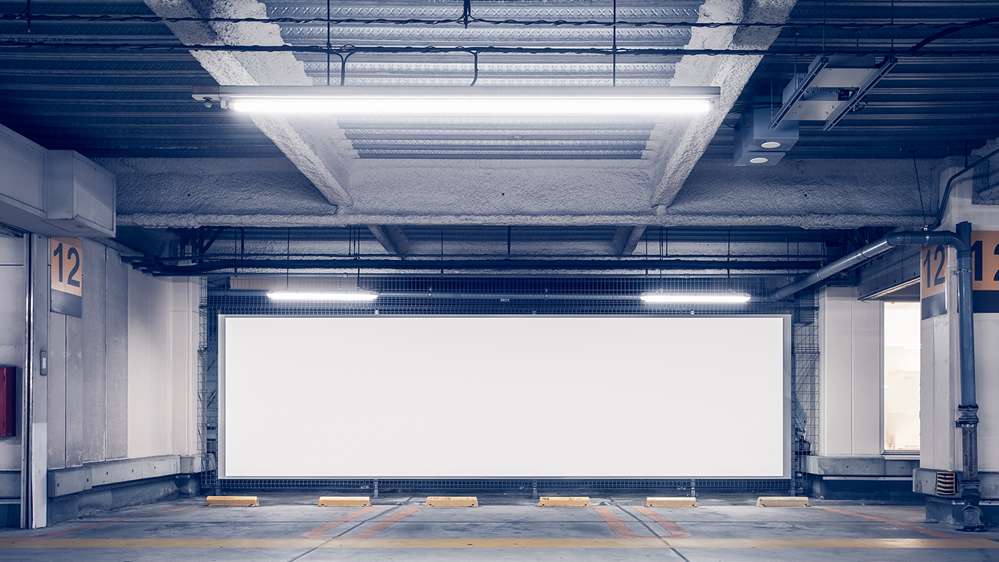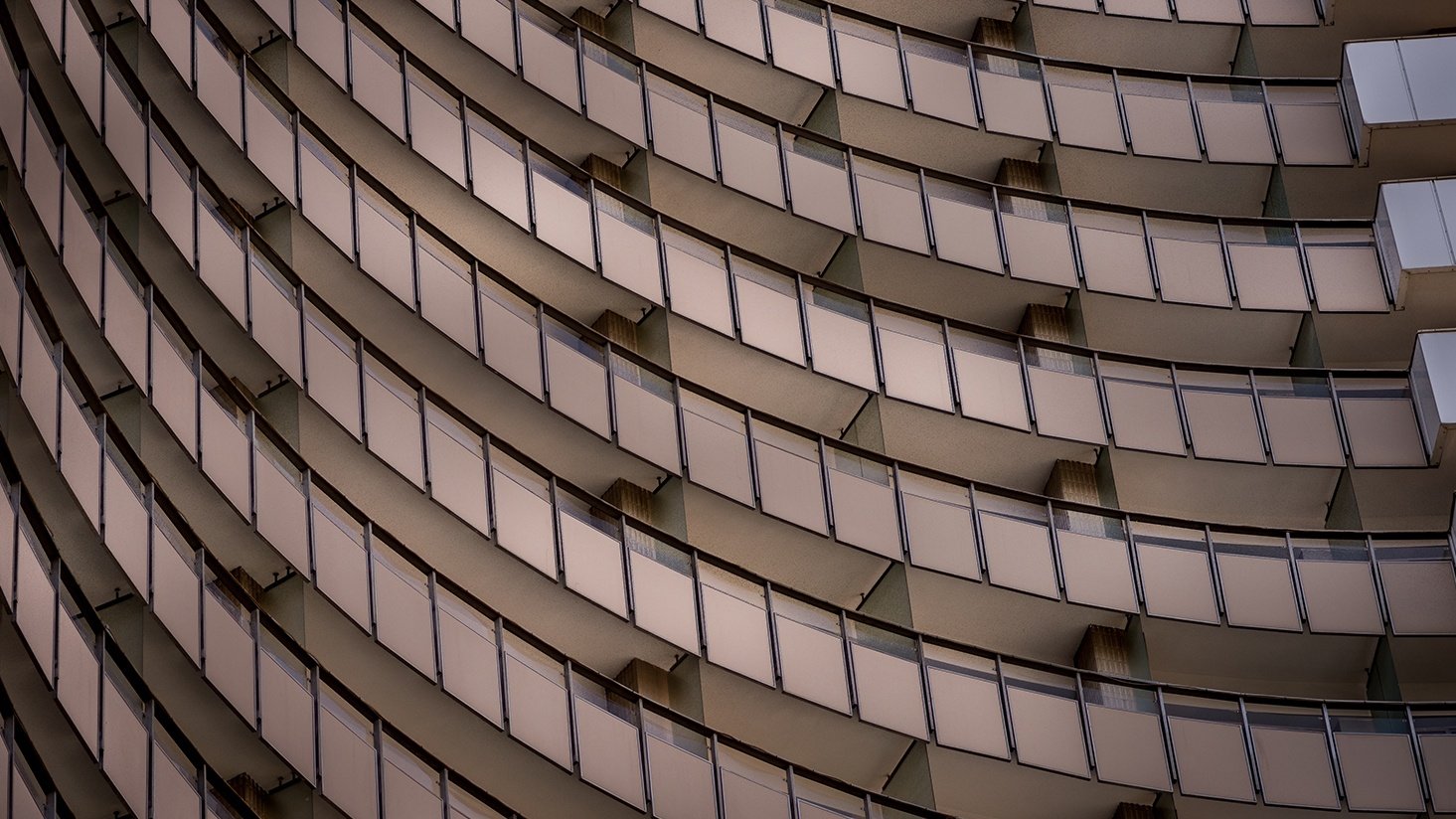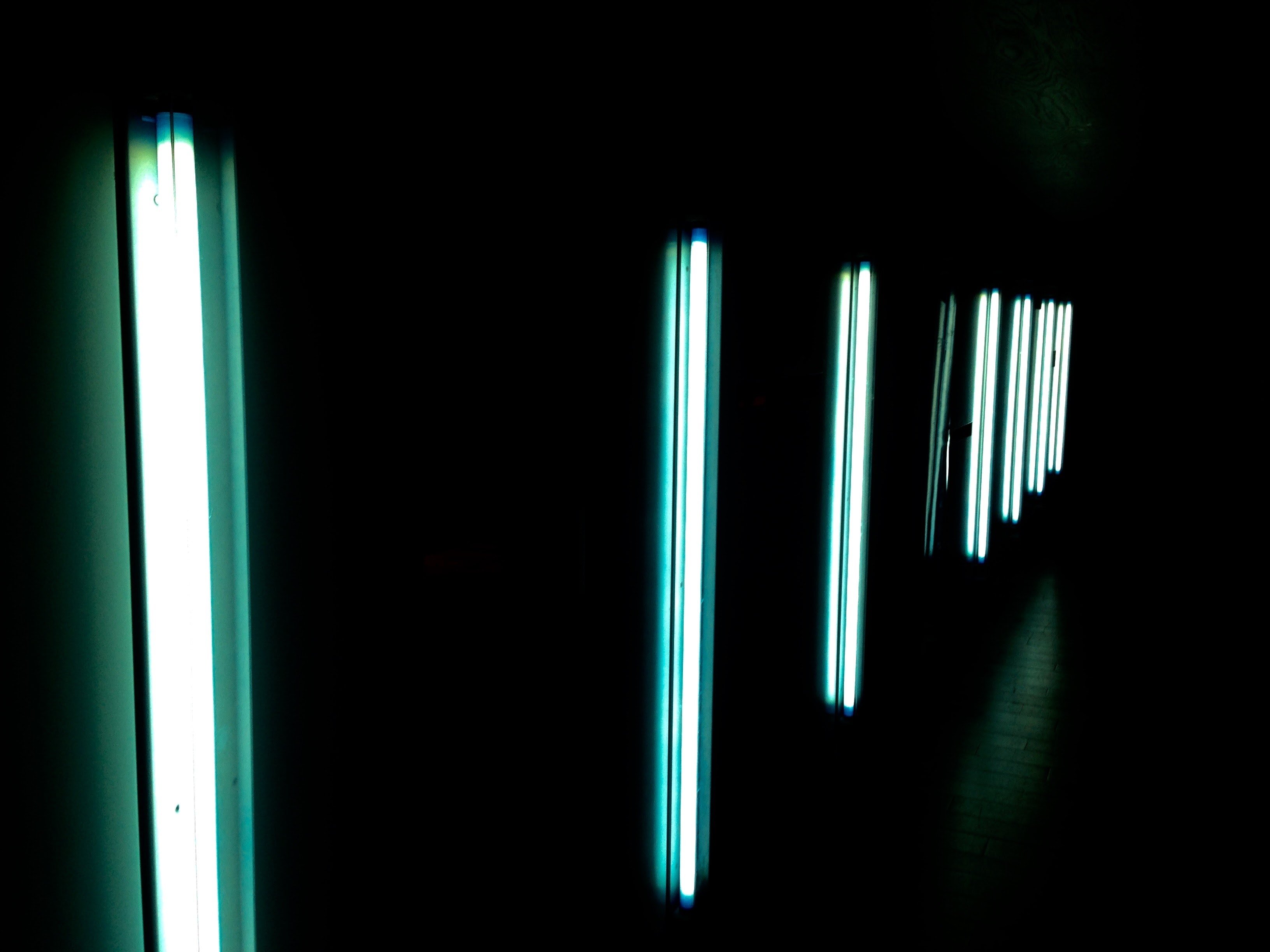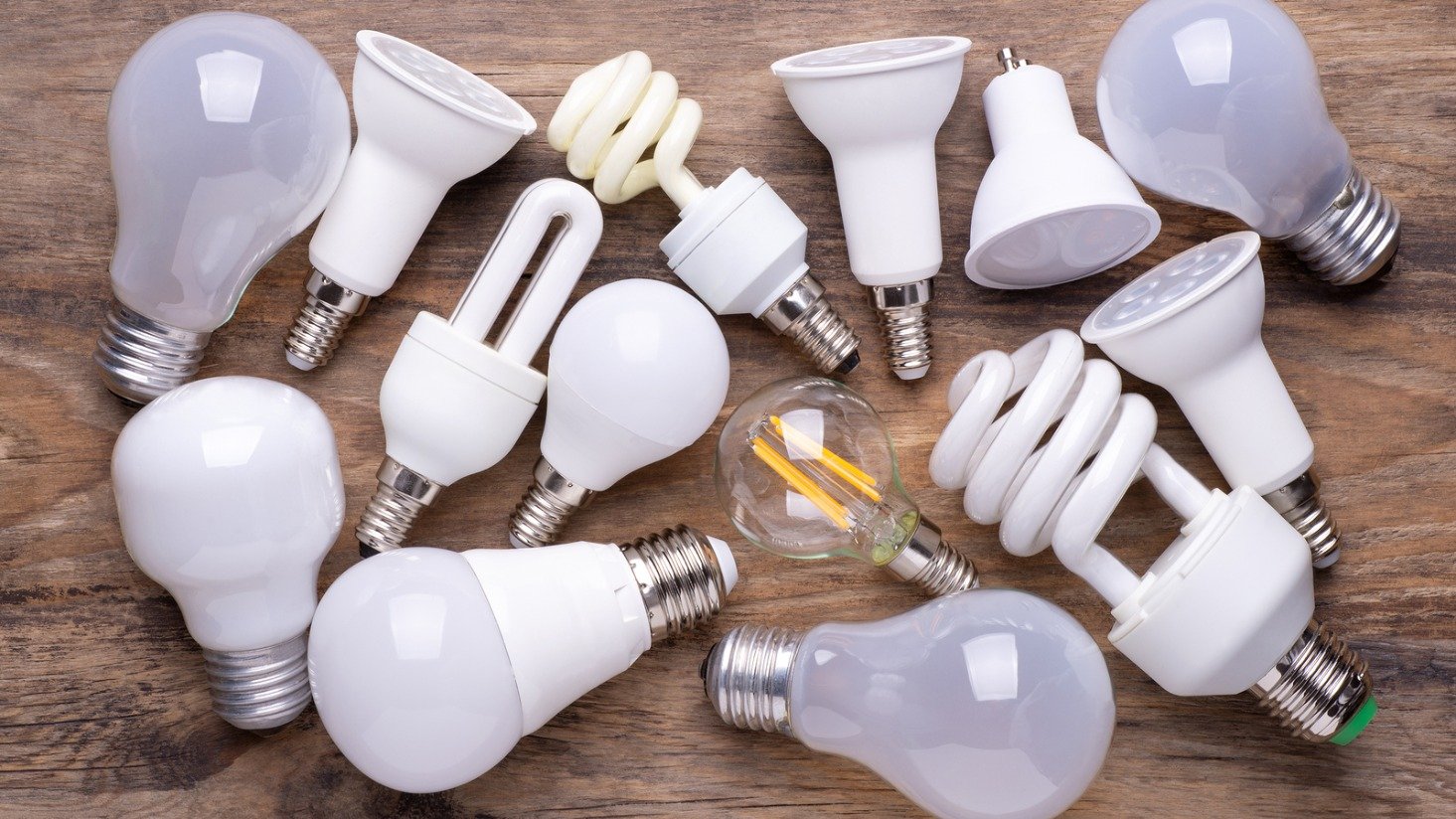What is an ANSI code and how can you use it to select the right HID ballast? (Plus other HID ballast pairing tips)
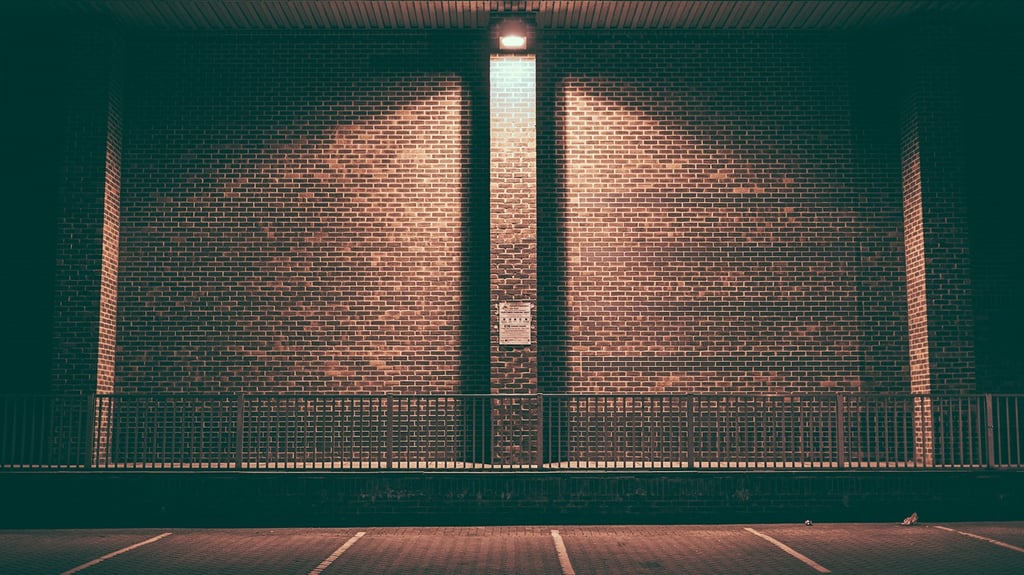
We've used our Lighting Insights blog to help readers understand light bulb part numbers so they can more accurately replace or retrofit their lighting. Another piece of the part number puzzle is ANSI code, which can help to pair ballasts with lamps.
What are ANSI codes?
ANSI stands for "American National Standards Institute," which is an organization that develops standards for a wide range of commercial products. In lighting, ANSI codes have particular relevance to common types of light bulbs, but they are less and less common in the modern lighting world. That said, they remain a useful piece of information for finding the right ballast for your lighting.
If you've got a good handle on light bulb part numbers, you may find the inclusion of ANSI code confusing – a few random characters amid an otherwise orderly, easy-to-understand series.
With some lamp technologies, like HID, each lamp has its own assigned ANSI code, and that code will tell you exactly what ballast the lamp requires, as well as any fixture requirements. This makes replacing lamps in the HID family streamlined and easy.
Here are a few of the most common ANSI code abbreviations we see:
E – Enclosed
O – Open
F – Enclosed fixture w/ UV filter & lens
S –
H – Mercury
M – Metal halide
L –
C – Ceramic metal halide
Typically, an ANSI code looks something like this:
S54
The S in the above code denotes the lamp as a
Here is an example of an entire part number with the ANSI code in it.
C100S54/D/ALTO
- C = high pressure sodium (Philips)
- 100 = wattage
- S54 = ANSI code
- D = dipped (white)
- ALTO = low mercury (Philips)
- Assumed base = Mogul
Where are HIDs still used?
Much of North America has quickly moved to LED lighting, but HIDs are still everywhere. Why? They're often less expensive than LEDs, and they're also relatively efficient at producing a significant amount of light, as you can see in our Lighting Pyramid below.
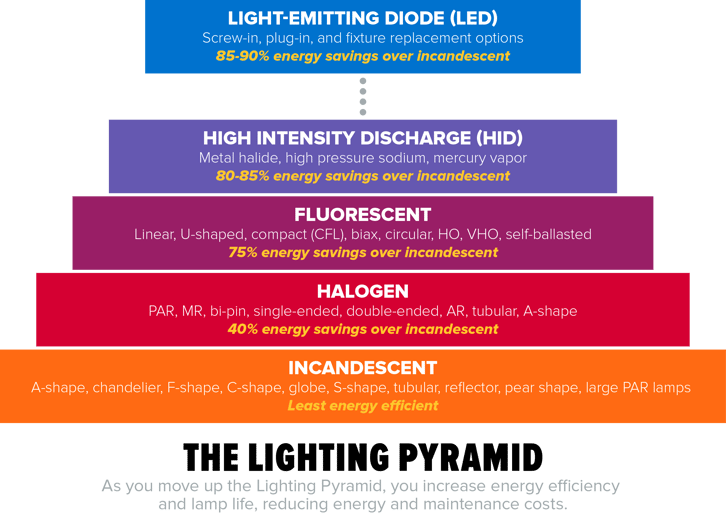
Because of its many advantages, you'll commonly see HID in the following areas:
Stadiums
The high output potential of HIDs
Parking garages and gas stations
As with stadiums, parking garages and gas stations are both places you want to be well-lit at night, so HIDs have been a common conventional choice.
Read: 5 parking garage lighting tips
Street lights
The original HID lamp – mercury vapor – was actually invented for street lights. Today, mercury vapor has been all but totally phased out in the U.S. and has been largely replaced by metal halide and
Retail
Some retail stores, like Forever 21 and H&M, use ceramic metal halide HID lamps to create a well-lit atmosphere to support brands targeting wide audiences.
How to select the right HID ballast
There are three pieces of evidence that our lighting specialists can use to help you find the right ballast for your HID product:
- The product's ANSI code
- The product's part number
- The fixture you're pairing with the product
As always, however, if you have the ANSI code, ballast pairing is extremely simple, as that is included in the ballast's information.
Three drawbacks of HID lighting
When customers tell us why they're looking to switch from HIDs, like metal halides, they typically talk about one of the following drawbacks.
1. HID color shifting
HID lamp types tend to color shift, putting out pink, green, or purple hues of light after a period of use.
2. HID lumen depreciation
HID lamps last as long as 20,000 hours or more, but their lumen output begins to depreciate after about 10,000 hours, gradually fading as it nears complete burnout.
3. HID energy efficiency
There are LED replacements for HID today that use as little as 25 percent of the wattage required to burn HID lamps. There are also T5 fluorescents that require significantly less energy for similar light levels.
What to do about ballasts if you're retrofitting from HID to LED
What if you're converting your HIDs to LED? There are a few things you should know.
First, many HIDs are being phased out of production, such as the popular Philips SOX products. So, we've seen more and more of our customers retrofitting to LED in their HID applications. And though the energy savings aren't quite as dramatic as what you'd see by retrofitting from incandescent to LED, they're still noticeable, as is the bump in longevity you get with LED.
Second, when it comes to ballasts, you have three options: plug-and-play ballast-compatible lamps like the Susan lamp from Lunera, bypass ballast retrofit LED
If you've completed a plug-and-play LED lamp retrofit in an HID fixture, and your ballast dies, you'll need fixture information to replace that ballast, as you'll no longer have an HID ANSI code to reference.
To avoid dealing with that, other customers have chosen to bypass the ballast with their LED retrofit lamps, but this can pose safety risks and involves more upfront labor.
It's worth noting that the lowest-maintenance, longest life, and best performance in energy savings and achieving proper light levels
